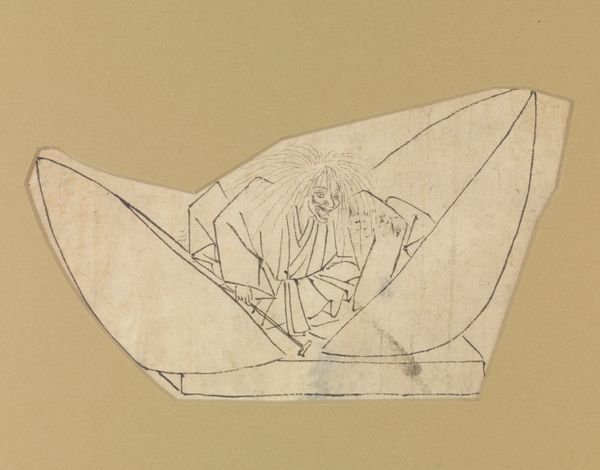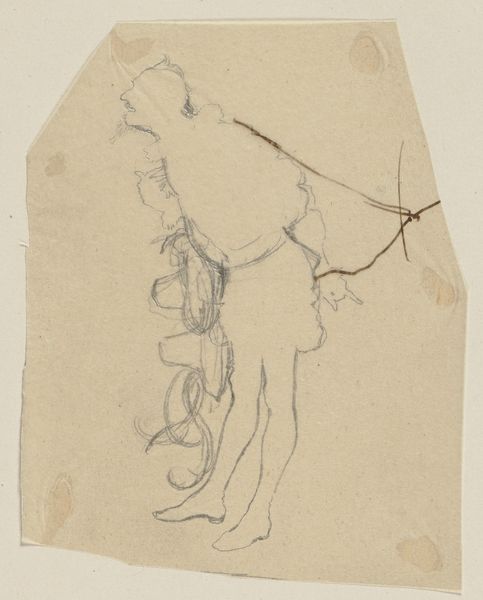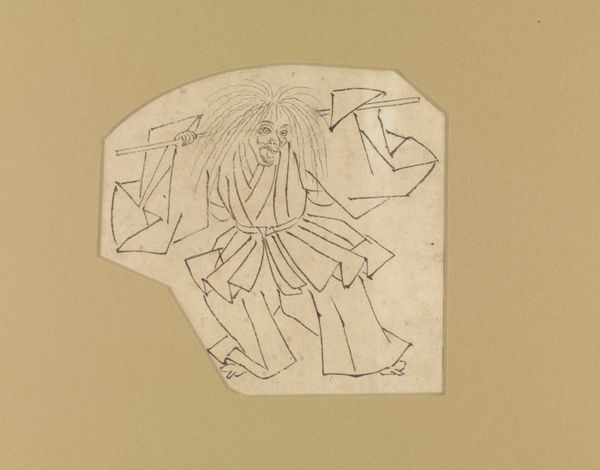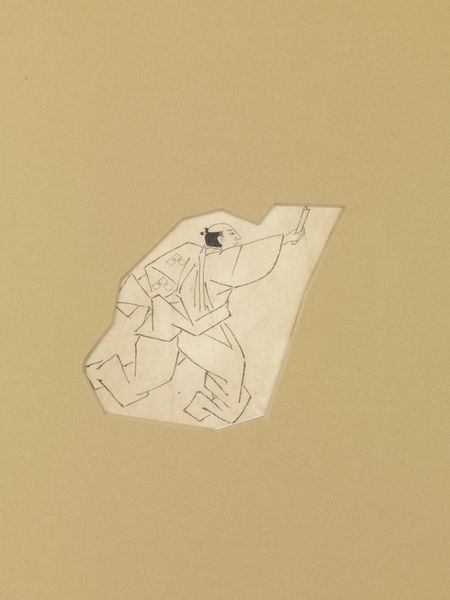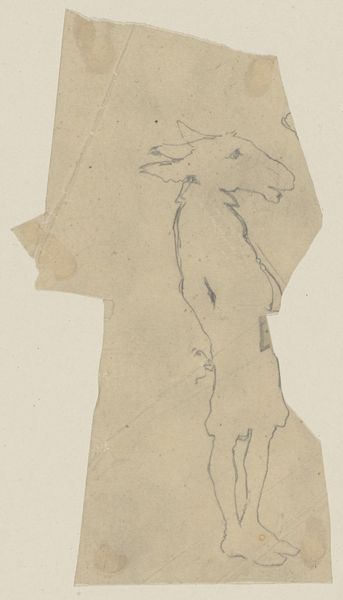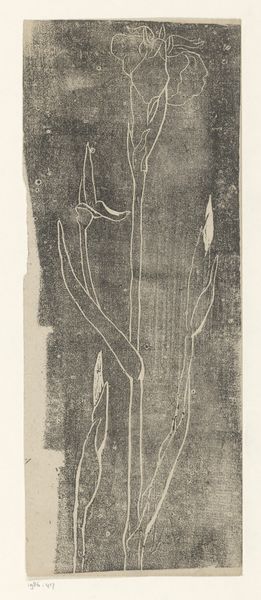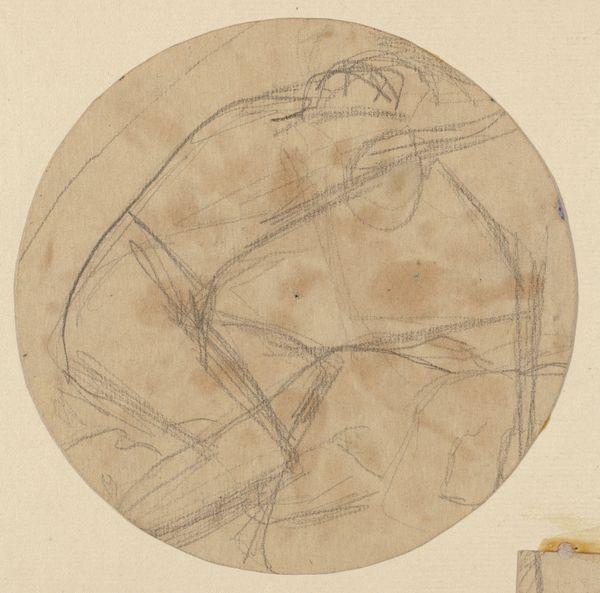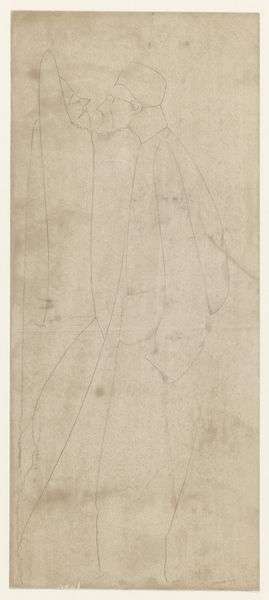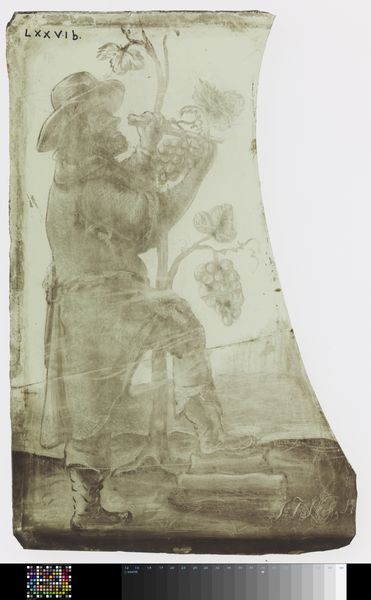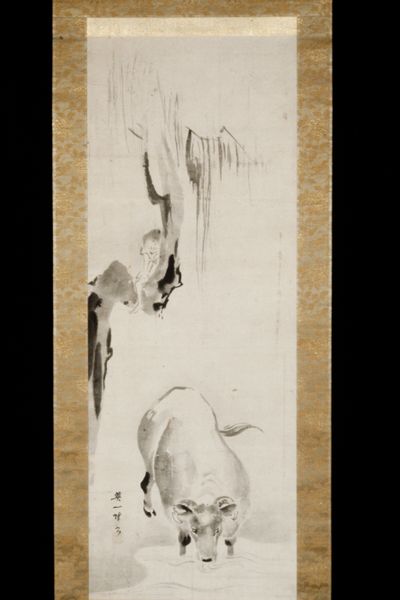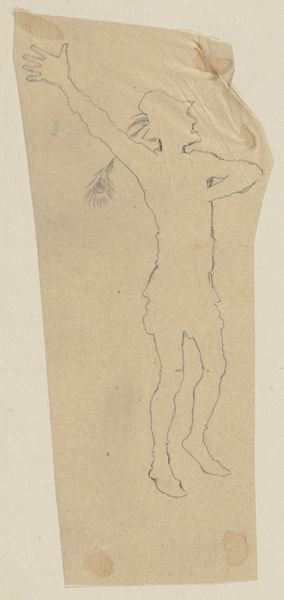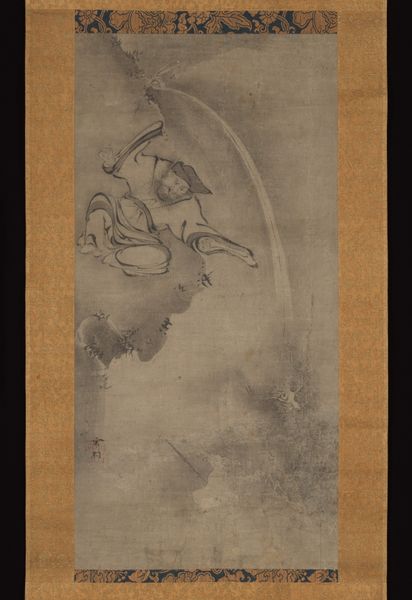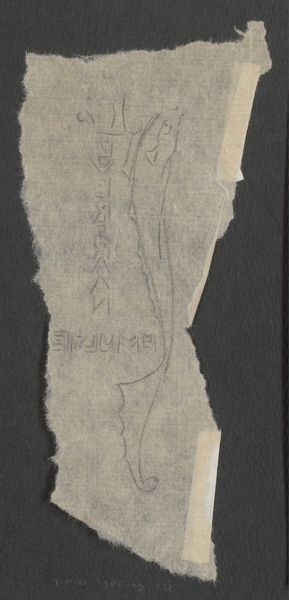
Sketch of a Noh theater scene c. 19th century
0:00
0:00
drawing, paper, ink-on-paper, ink
#
drawing
#
pencil sketch
#
asian-art
#
etching
#
ukiyo-e
#
figuration
#
paper
#
ink-on-paper
#
ink
#
line
#
watercolour illustration
Dimensions: 7 3/4 × 5 7/8 in. (19.69 × 14.92 cm) (sight)16 5/8 × 22 × 1 5/8 in. (42.23 × 55.88 × 4.13 cm) (outer frame)
Copyright: Public Domain
Kawanabe Kyōsai made this sketch of a Noh theater scene on paper in Japan, sometime in the late 19th century. Noh theater, a classical Japanese dance-drama, was steeped in tradition, with codified gestures, costumes, and stage settings. Kyōsai’s sketch offers insight into the social dynamics of artistic production and reception. As Japan opened to the West, artists navigated tensions between tradition and modernity. Kyōsai, trained in traditional styles, became known for his individualistic and often satirical works. He was very aware of the cultural codes of his time and he also worked as a political cartoonist. This sketch, with its seemingly spontaneous lines, may represent a departure from the rigid formality of Noh. It might be a personal reflection on the artist’s relationship with traditional art forms, or even a subtle critique of the cultural institutions that upheld them. To further understand this sketch, one might explore Kyōsai’s biography, study the history of Noh theater, and research the socio-political context of Meiji-era Japan. Art history thrives on this kind of contextual investigation.
Comments
No comments
Be the first to comment and join the conversation on the ultimate creative platform.
